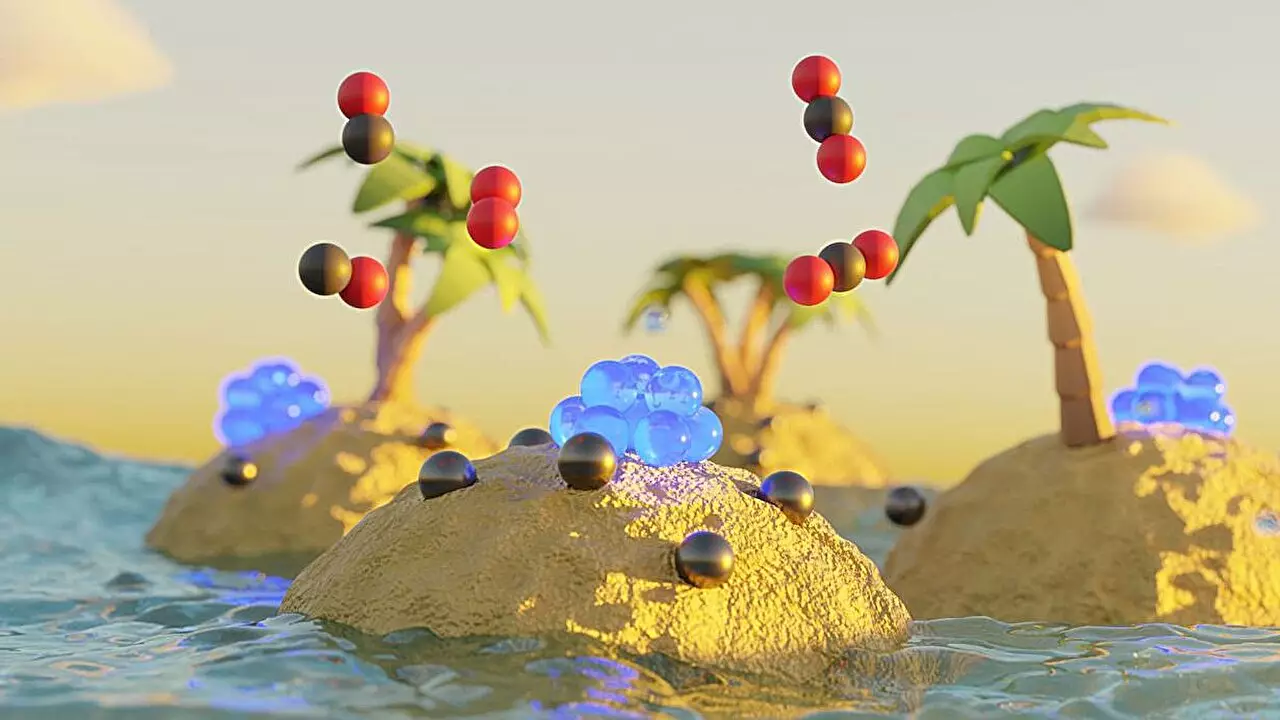Catalysts are integral to the functioning of the chemical industry. They expedite reactions, lower energy requirements, and, in many instances, enable processes that would be impossible without their presence. It’s astounding that over 90% of chemical products, which pervade our daily lives, are dependent on these vital substances. The use of noble-metal catalysts—such as platinum and palladium—is widespread, yet the sustainability of these materials remains a pressing concern. As the demand for efficient and eco-friendly production methods escalates, innovations in catalyst technology become increasingly essential.
Recent work conducted by researchers at the Karlsruhe Institute of Technology (KIT) has yielded promising results in addressing the sustainability challenges associated with noble-metal catalysts. Their research, recently published in the esteemed journal Angewandte Chemie, proposes a novel concept aimed at enhancing the stability of these catalysts while simultaneously minimizing the amount of noble metal needed for their synthesis. Dr. Daria Gashnikova, the study’s lead author, emphasizes that this breakthrough could lead to more efficient use of valuable resources, advancing both performance and sustainability in chemical manufacturing.
The study approaches the dilemma of catalyst effectiveness by analyzing supported catalysts at a granular level—down to individual atoms. This atomistic perspective allows researchers to understand how the catalytic materials interact with their environment and with each other during reactions. Support materials are crucial here; they serve as the medium on which noble-metal particles are anchored and can significantly influence how these particles behave.
Dynamic Nature of Supported Catalysts
Supported catalysts are characterized by their reliance on the interactions between noble metals and various support materials. These interactions can determine the structural dynamics of the catalyst, leading to fluctuating particle sizes and configurations. Under specific conditions, these particles may agglomerate, resulting in larger, less reactive clusters that diminish the availability of active surface atoms. Conversely, conditions may also trigger the breakdown of these clusters into ineffective single atoms. This duality poses a challenge: achieving optimal catalytic performance requires not only a careful balance of these behaviors but also an understanding of how to stabilize the active clusters.
The innovation brought forward by the KIT researchers addresses these challenges innovatively. By leveraging the distinct interactions between noble metals and a variety of support materials, the team proposes a method to maintain the integrity of active clusters. This strategy could ensure that the clusters remain effective throughout the catalytic process, even at reduced noble metal quantities.
Ultimately, this research represents a significant leap toward sustainable resource utilization in the field of chemical production. The ability to achieve high catalytic performance with less noble metal directly contributes to reducing environmental impact and resource depletion. As industries increasingly face the pressures of sustainability mandates, such advancements are not merely beneficial—they are necessary for the future of chemical processes. The implications of this research extend beyond immediate applications, setting a precedent for future studies aimed at enhancing catalytic efficiency while fostering environmentally friendly practices. Through continued innovation, researchers like those at KIT are positioned to lead the charge towards a more sustainable chemical industry.

